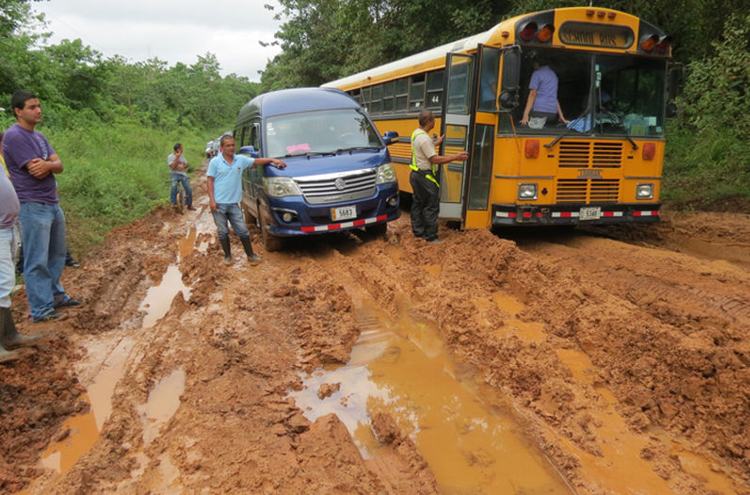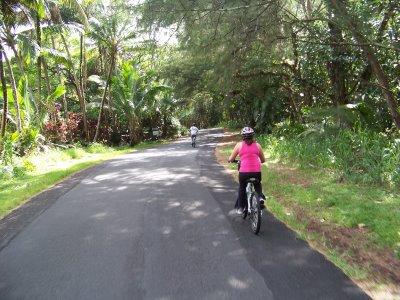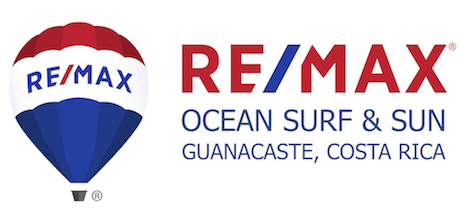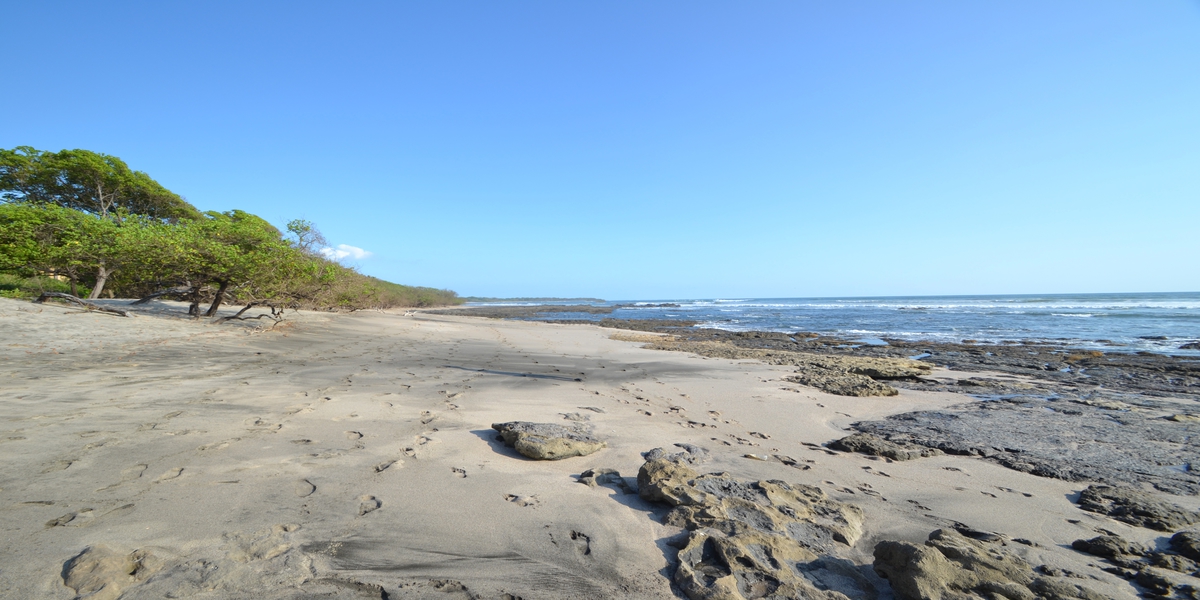 Costa Rica's roads have been infamous for years in the travel community. "Costa Rica is the most beautiful place in the world. . . but what's with the condition of the roads!?" was a common lament among visitors.
Costa Rica's roads have been infamous for years in the travel community. "Costa Rica is the most beautiful place in the world. . . but what's with the condition of the roads!?" was a common lament among visitors.
Most Costa Rican residents on the coasts have been stranded at one time or another when the roads to our communities were impassable after heavy rains. Our car repair budgets would rival the national debts of small nations. While we don't want to see Costa Rica's pristine beauty marred by over-paving, it would be nice to be able to drive to visit friends in the next town without yearning for a kidney belt.
The good news is that Costa Rica's road system has been improving, albeit slowly. It's now possible to travel from the International Liberia Airport to most North Pacific Coast towns on a (relatively) decent road. Several blocks of the main street in Tamarindo were paved this year, improving traffic flow and making parking simpler in one of Costa Rica's most popular beach villages.
The biggest recent improvement in the Tamarindo area was to the horrific coastal route between Flamingo and Potrero/Las Catalinas, which was paved earlier this month. The previously dust-eating, teeth-rattling journey of 20 minutes has been reduced to 5 minutes of smooth sailing.
 We're already seeing a flurry of sales in the Potrero area as investors anticipate the economic upside to communities like Pacific Heights (a hillside residential neighborhood) which are much more accessible via the new Potrero road.
We're already seeing a flurry of sales in the Potrero area as investors anticipate the economic upside to communities like Pacific Heights (a hillside residential neighborhood) which are much more accessible via the new Potrero road.
The Inter-American Development Bank (IDB) has just pledged financing of US$400 million to Costa Rica to upgrade its infrastructure, with much of the money going towards road repairs.
The China Co-financing Fund for Latin America has also offered another US$50 million in financing to improve the movement of people and goods, with the goal of advancing trade and regional integration.
The project will repair or pave up to 110 km of Costa Rica's road network, widen 51 km of roads from two to four lanes, and build or repair 19 bridges. The work will also include repairs to 400 m of breakwater in ports.
In the national endeavor to improve Costa Rica roads and other infrastructure, funds will be spent on the Limonal-Barranca section of the Inter-American Highway, which will facilitate the flow of trade between Costa Rica and the rest of America
Another part of the project is the Puerto Caldera master plan and the rehabilitation and reinforcement of the port’s breakwater, which should extend its useful life by around 50 years. Also included is the rebuilding and expansion of ferry terminals and piers in the Gulf of Nicoya.






